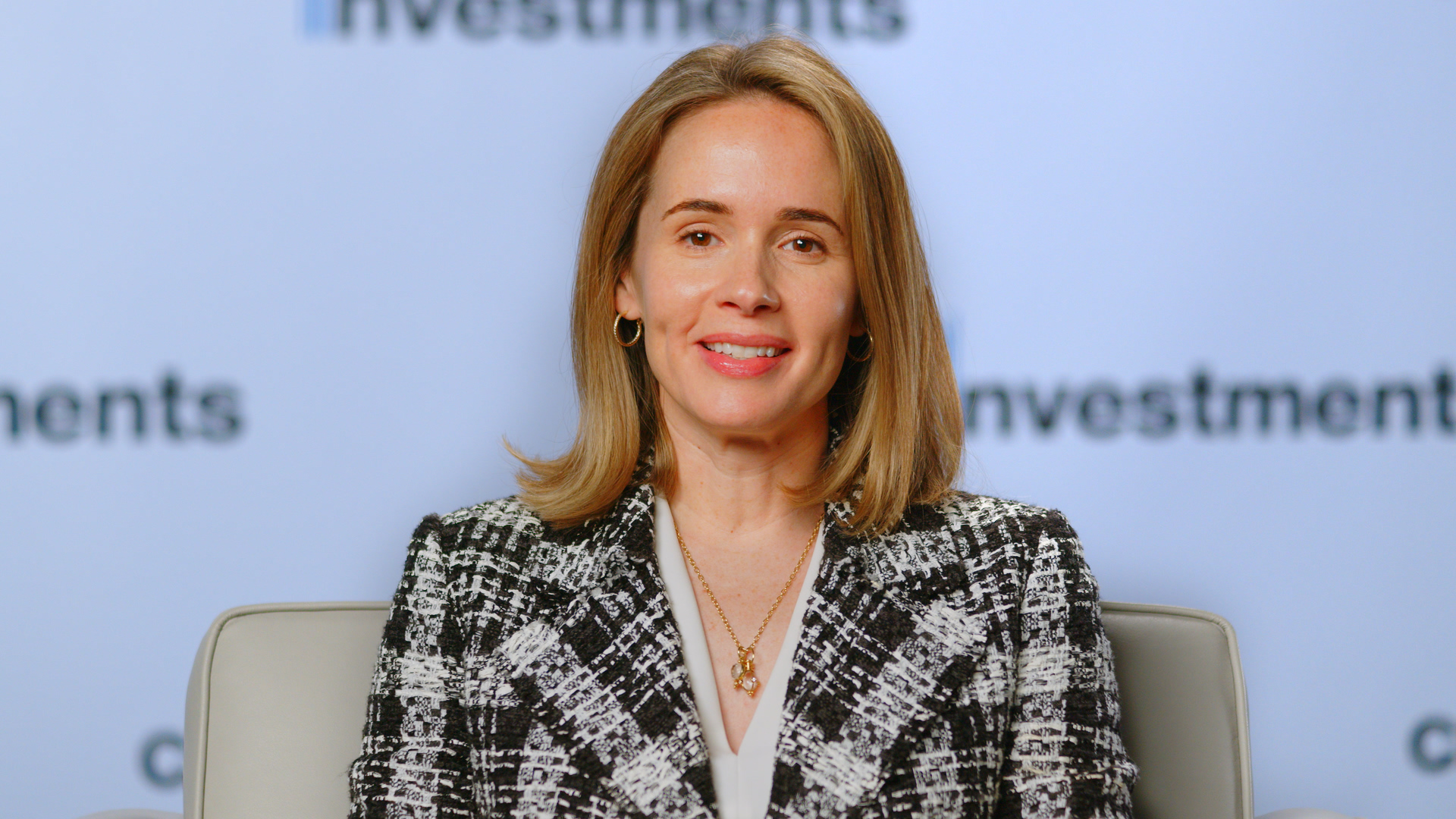
Jon Webster
Senior Managing Director & Chief Operating Officer
If the country’s largest pension fund is seeing early success integrating artificial intelligence (AI) across its operations, what’s stopping other Canadian companies?
Let’s start where we are. In Q2, 12.2% of Canadian firms reported using AI to produce goods or deliver services—double the penetration of a year earlier. That’s genuine momentum, even if there’s distance to travel for a G7 economy. The OECD, which places Canada among the lowest countries for AI adoption, identifies familiar challenges: cost and skills remain the primary barriers, more than regulation or culture. And Canadian firms exploring AI tend to focus on narrower use cases than their global peers, what RBC Thought Leadership calls our “imagination gap” about where AI creates value.
But here’s what’s interesting: CPP Investments’ experience suggests that these barriers are more navigable than they appear. In the first 90 days after deploying ChatGPT Enterprise to roughly 1,800 of our 2,000 eligible employees, we reached an 83% activation rate—surpassing the 75% industry average, based on a dataset of 100 financial services companies (each with 500 to 5,000 full-time employees) across the Americas, Europe, the Middle East and Africa (EMEA). Importantly, all employees received training on responsible use before receiving their licenses, and 84.3% maintained weekly active usage throughout that 90-day period. In other words, they didn’t just try it once and give up—they’re embedding it in their work.
These aren’t just vanity metrics. They signal that AI is moving from experiment to workflow.
This is exciting. It suggests we’re building a bridge from research to application and hopefully, AI that shows up in better investment decisions, cleaner operations, and teams creating stronger first drafts.
So, what’s working, and what’s replicable?
First, forget “intelligence”, focus on usefulness. The debate about whether large language models (LLMs) are truly intelligent misses the point. The real question is: can it do what you need? Our power users average 45 prompts per week compared to an industry norm of 35 prompts. They aren’t philosophizing about consciousness, they’re removing constraints from their daily work. When you anchor on usefulness, you build repeatable gains. More exciting: our analysis of employee usage shows 5.99 prompts per weekly active user are dedicated to data analysis—nearly double the 3.37 industry median. This suggests teams moving beyond basic chat to sophisticated research and modeling support.
Second, treat verification as a first-class problem. Most organizations get excited about AI’s generative capabilities when it comes to drafts, analysis and code, then stall because verification remains manual. At CPP Investments, we’re making verification central to our operating model. We’re starting to build processes that define who checks what, using which reference data and at what thresholds. This doesn’t just reduce risk, it builds institutional capability project by project. When verification becomes systematic, even advanced features like Deep Research (which our tracking suggests employees utilize at a rate that matches the industry median) become trusted tools rather than experiments.
Third, bottle your best thinking. Every high-performing team runs on tacit knowledge: what to scrutinize, what to ignore and how to triangulate. Converting those heuristics into custom GPTs—repeatable natural language prompts that can be built into workflows to clarify text and ideas—can transform individual expertise into institutional leverage. Our teams created 528 active GPTs in our first 90 days, compared to an industry median of 18. This places us in the 99th percentile in a critical category. Important to note: GPTs aren’t generic tools; they encode how we think about diligence, scenario planning and research frameworks. This is how smaller teams catch up without armies of specialists—by making above-average thinking accessible to everyone.
Fourth, run experiments, not innovation theater. The difference between our 528 GPTs and the industry median of 18 isn’t ambition, it’s methodology. Instead of open-ended exploration, we run time-boxed sprints tied to real metrics. Each custom GPT represents a specific workflow improvement that can be both articulated and measured. We rank use cases by impact realized, hours saved, decisions improved, risks reduced. This breadth of experimentation comes from making success visible and replicable.
Fifth, invest in capability, not keynotes. Achieving a weekly usage rate of 84.3% happened through hands-on enablement at the team level. We pair power users with skeptics. We create office hours. We push working templates into daily workflows. When nearly six out of seven employees maintain weekly usage after 90 days, you’ve moved beyond pilot to transformation.
Looking Ahead: Measuring Change and Elevating the Human Edge
Will AI make us better investors? High adoption and sustained usage are encouraging, but the real test of AI is whether it creates measurable value. For us, that means verified improvements in investment outcomes and organizational efficiency. These are harder to quantify than usage rates, but far more important. Pairing usage tracking with clear measures of efficiency and performance will show where AI is driving stronger decisions and productivity gains.
Here’s what excites me beyond the numbers: this technology doesn’t lower the bar, it raises it. When above-average expertise and vast knowledge bases are at everyone’s fingertips, there’s never been a worse time to be average. That’s energizing. It pushes us toward what humans do brilliantly: relationship building, stakeholder navigation, creative problem-solving. The EQ alongside the IQ.
CPP Investments’ early metrics don’t suggest the path is easy. But they prove progress is achievable for organizations willing to focus on usefulness, design for verification, and convert expertise into reusable assets.
Five Minutes with Caitlin Gubbels
Caitlin Gubbels, Senior Managing Director & Global Head of Private Equity, discusses the rise of the secondaries market, her criteria for a
Richard Manley on why physical climate risk is moving up investors’ agendas
Physical climate risk isn’t a distant concern. For long-term investors, climate impacts are already proving more frequent and costlier
Four Minutes with Heather Tobin
Heather Tobin, Senior Managing Director & Global Head of Capital Markets and Factor Investing, shares insights on the role of disciplined







